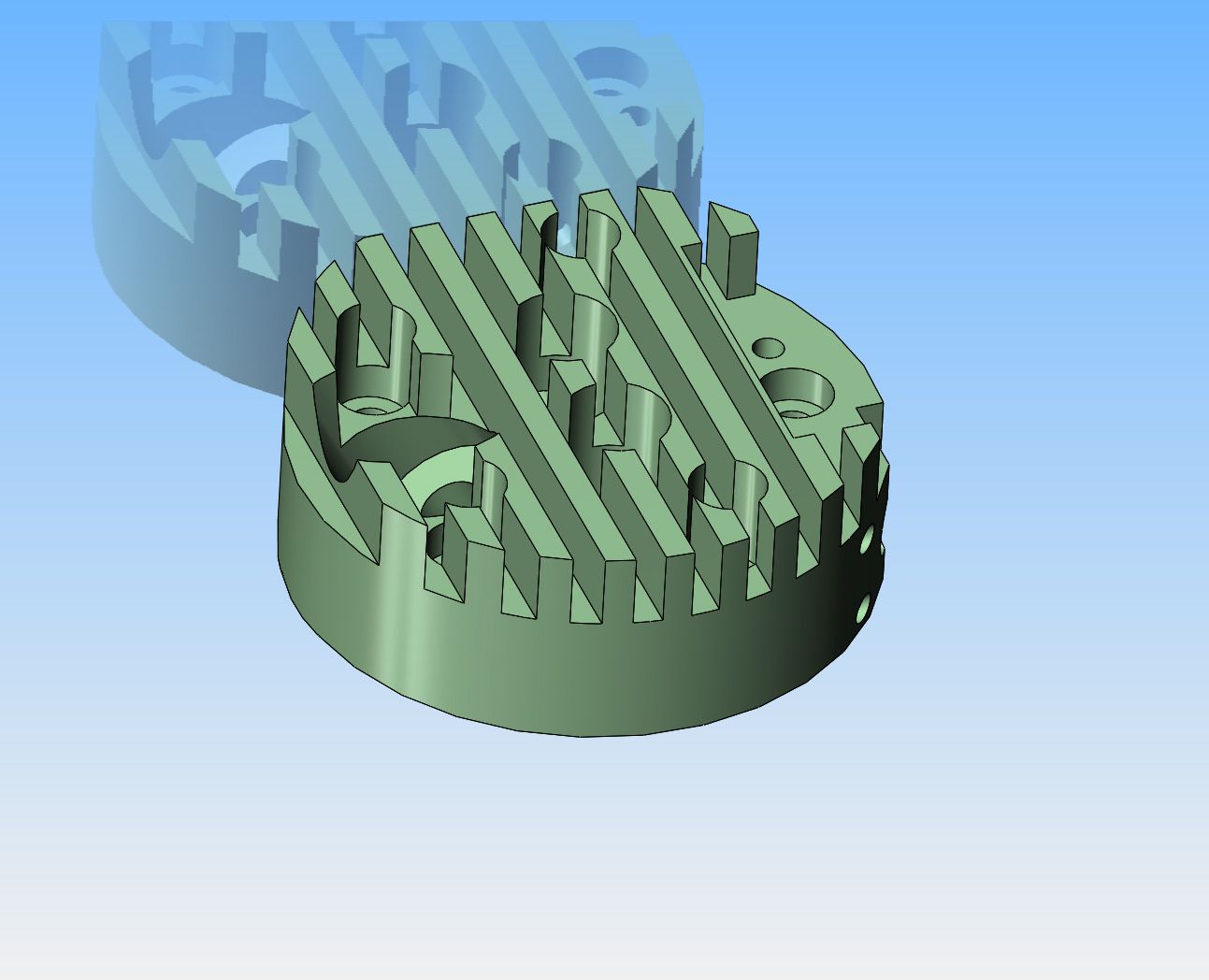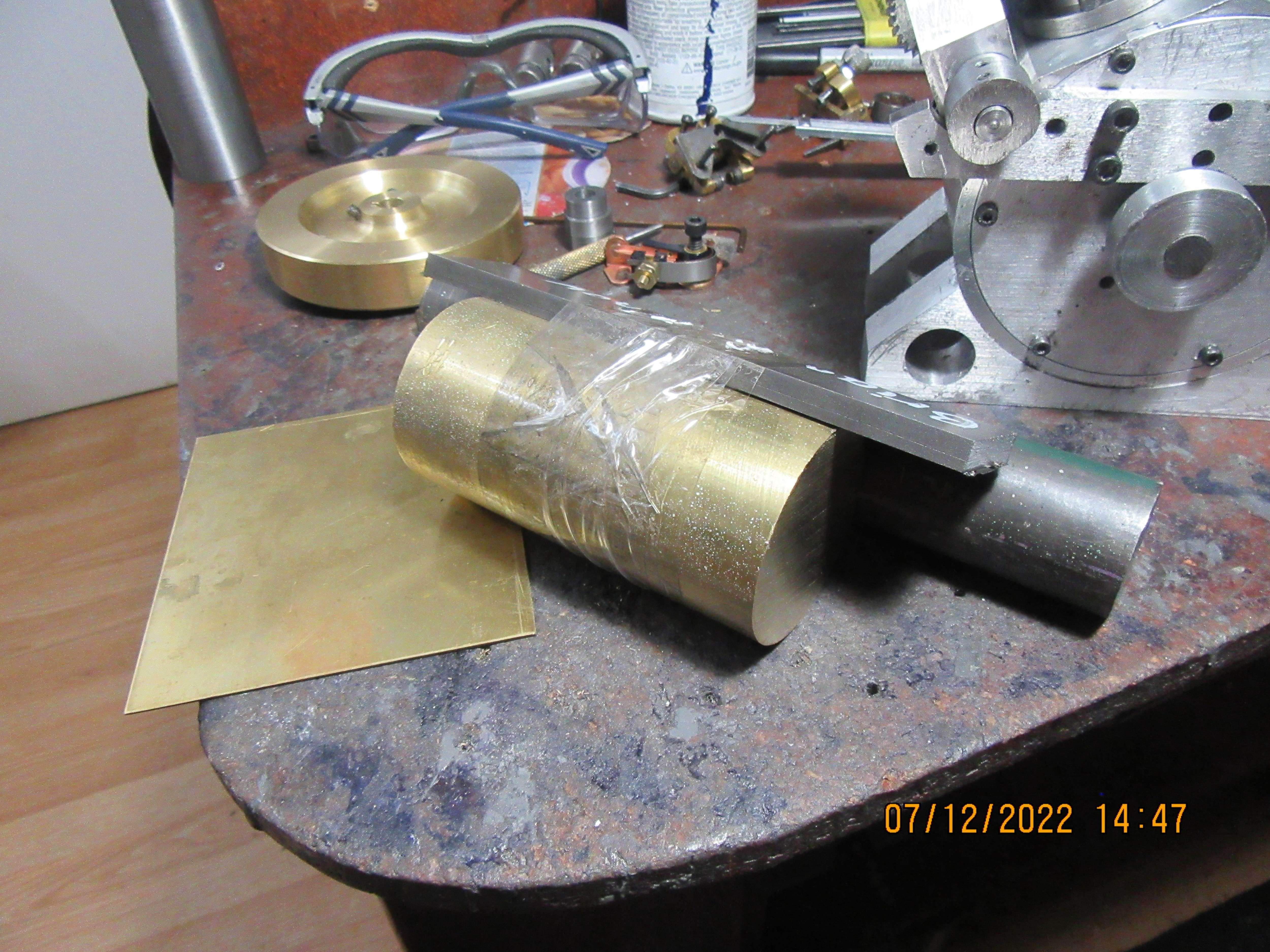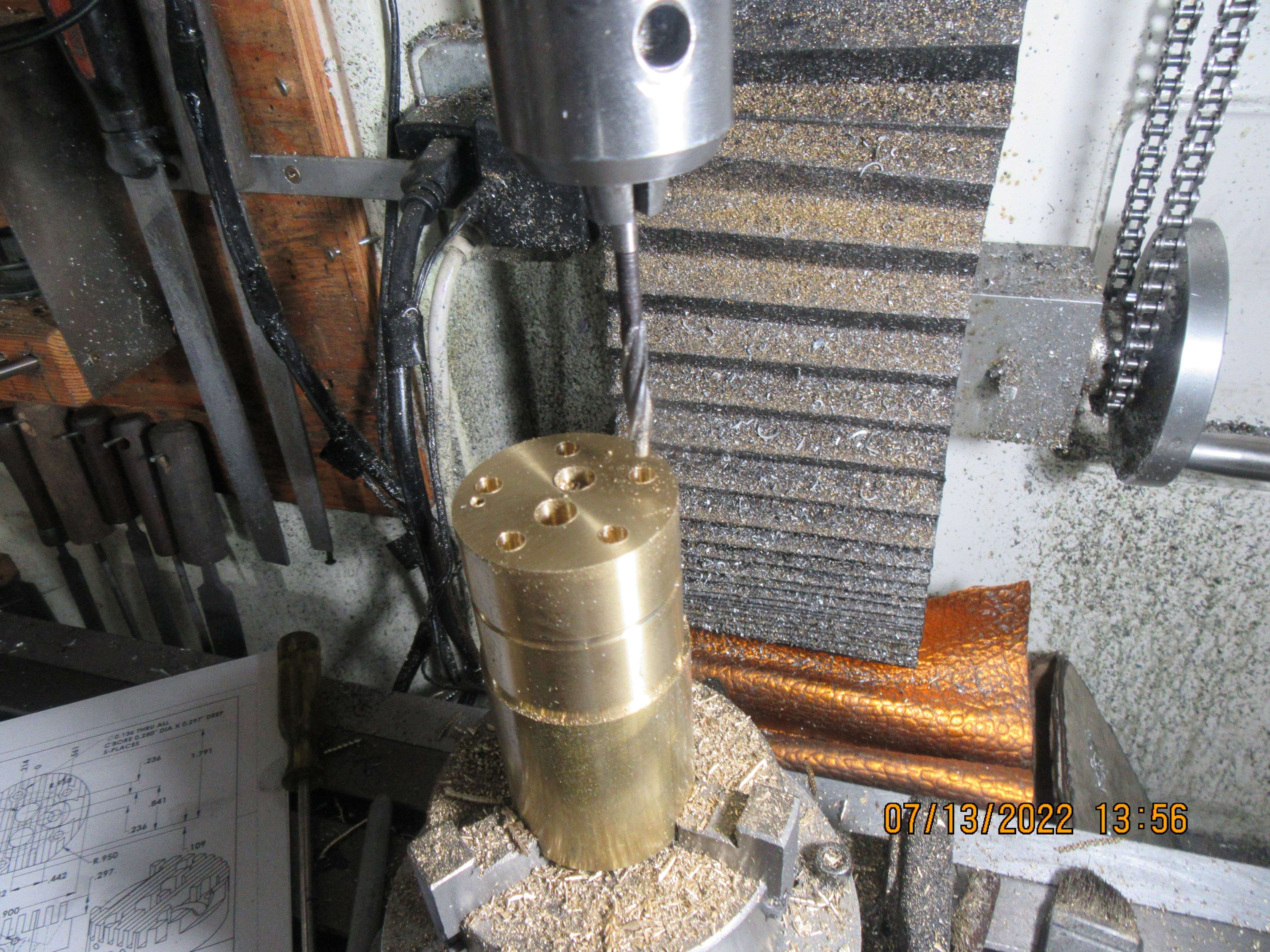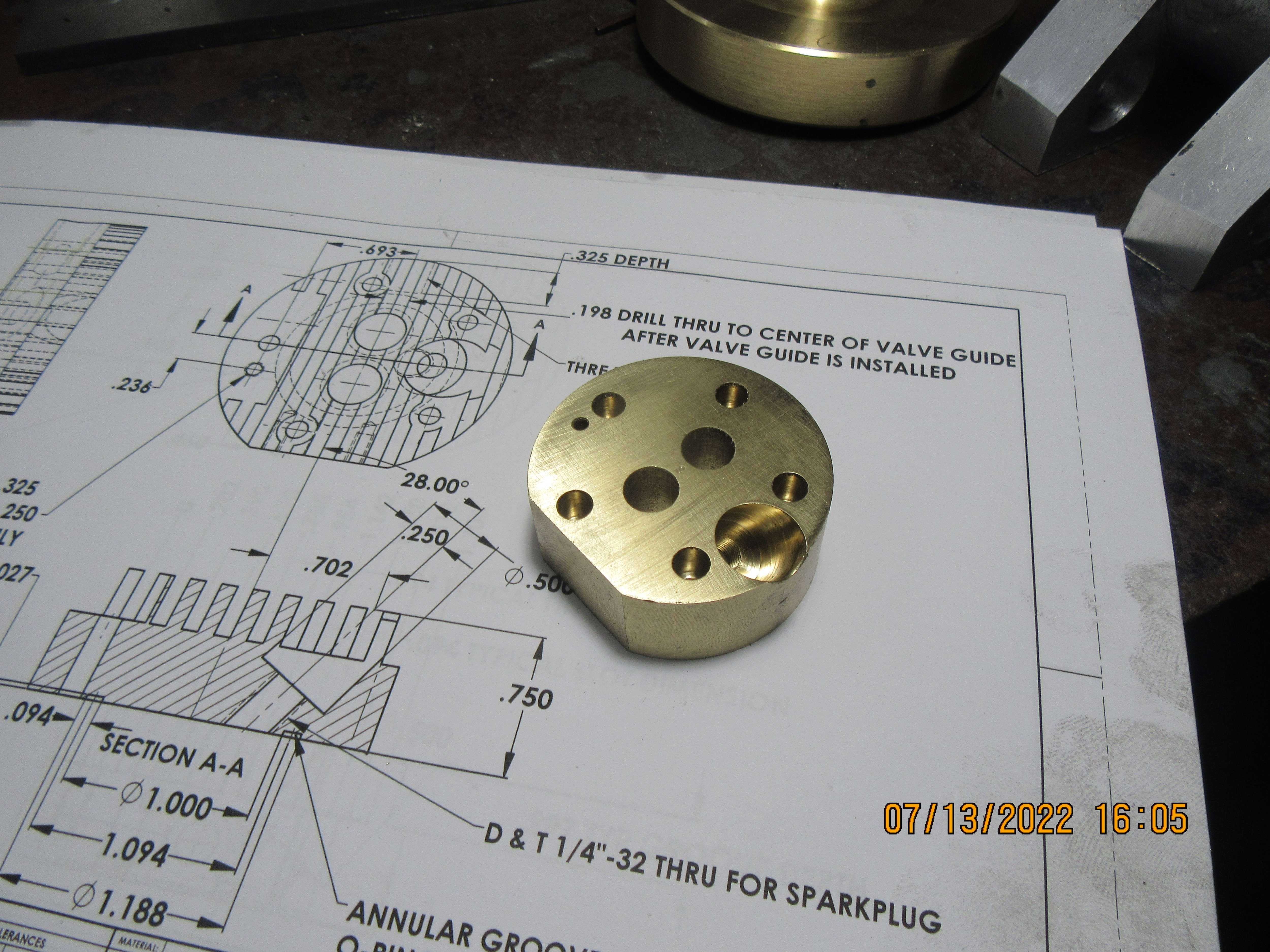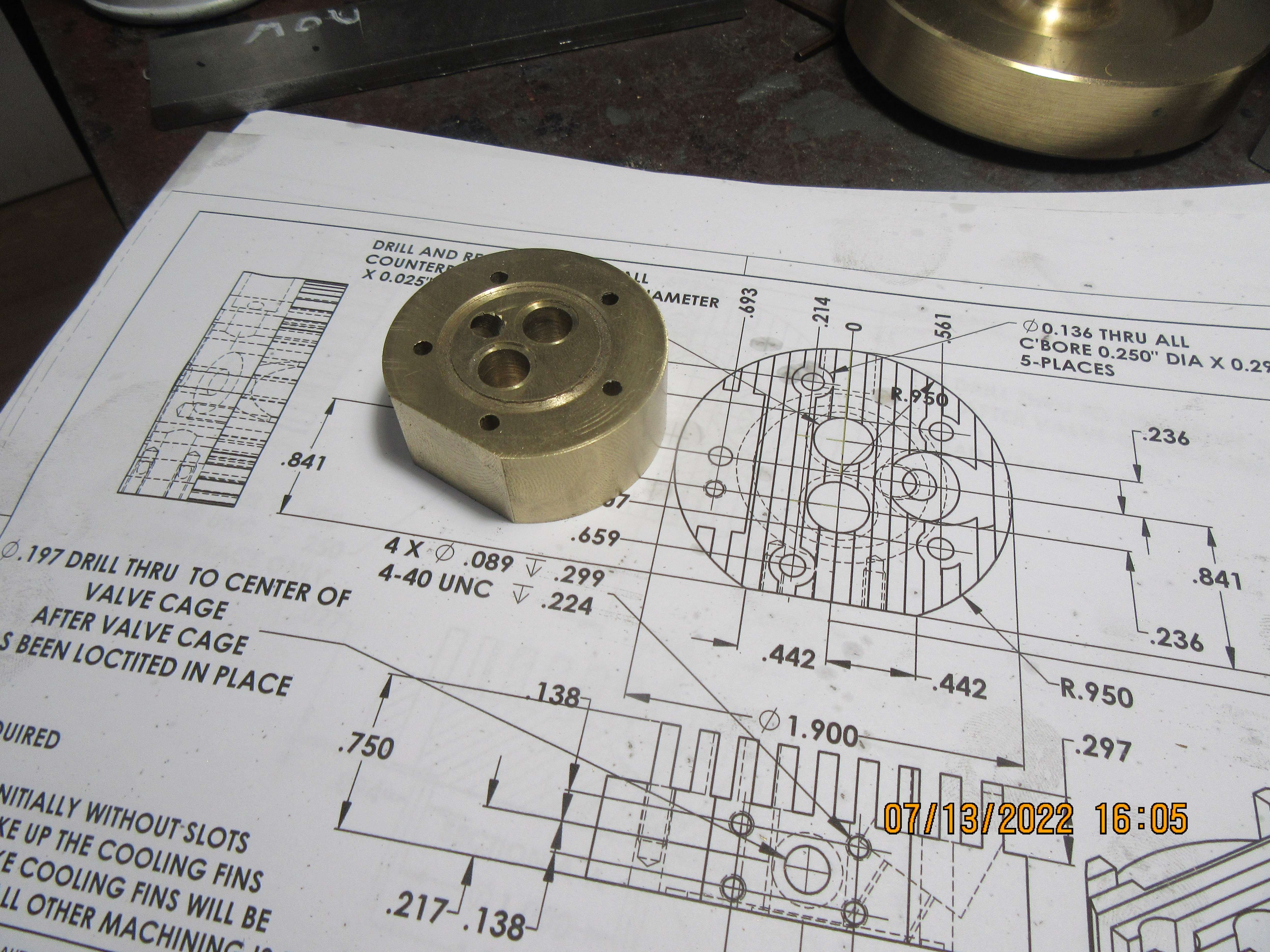Just for a comparison: I ride a Moto Guzzi V-twin V50II (from 1979). It runs a redundant spark arrangement without any problems. Quite simply, it is just easier and simpler than having a distributor. Using a SINGLE coil with a pair of HT cables is common for motorcycles that run redundant spark. The voltage goes from HT cable 1 to HT cable 2. When Cylinder 1 is approaching compression, with gas n air at near full compression, the spark at 1 uses most of the volts across that spark gap, then through the engine, and uses the last "10%" of volts to jump cyl 2 plug to the HT lead - which is not at compression, so doesn't fire. Then the similar action occurs when the cam and points fire again for the timing for cyl 2 to fire. Simply, it just works, so don't worry about "how", just do it. A single points cam with 2 "firings" is needed, from 1 camshaft. The single low tension power then fires the "double-ended" single coil single coil, with an HT lead to each spark plug.No, actually it was a twin cylinder snowmobile set-up, and it worked really well. Since the ignition is really a separate thing from the machined engine components, I haven't given it a lot of thought. If I were to incorporate a distributor that would direct which sparkplug the spark was going to, I could get away with one coil. This summer my main goal is to machine and assembly all of the engine components, then worry about the ignition after the engine is built. I may be getting the horse ahead of the cart here. I do have an extra 12 volt coil kicking around, and I do know I can make this system work with two sets of points and two coils, with no distributor required.
Good stuff Brian.
K2



































































